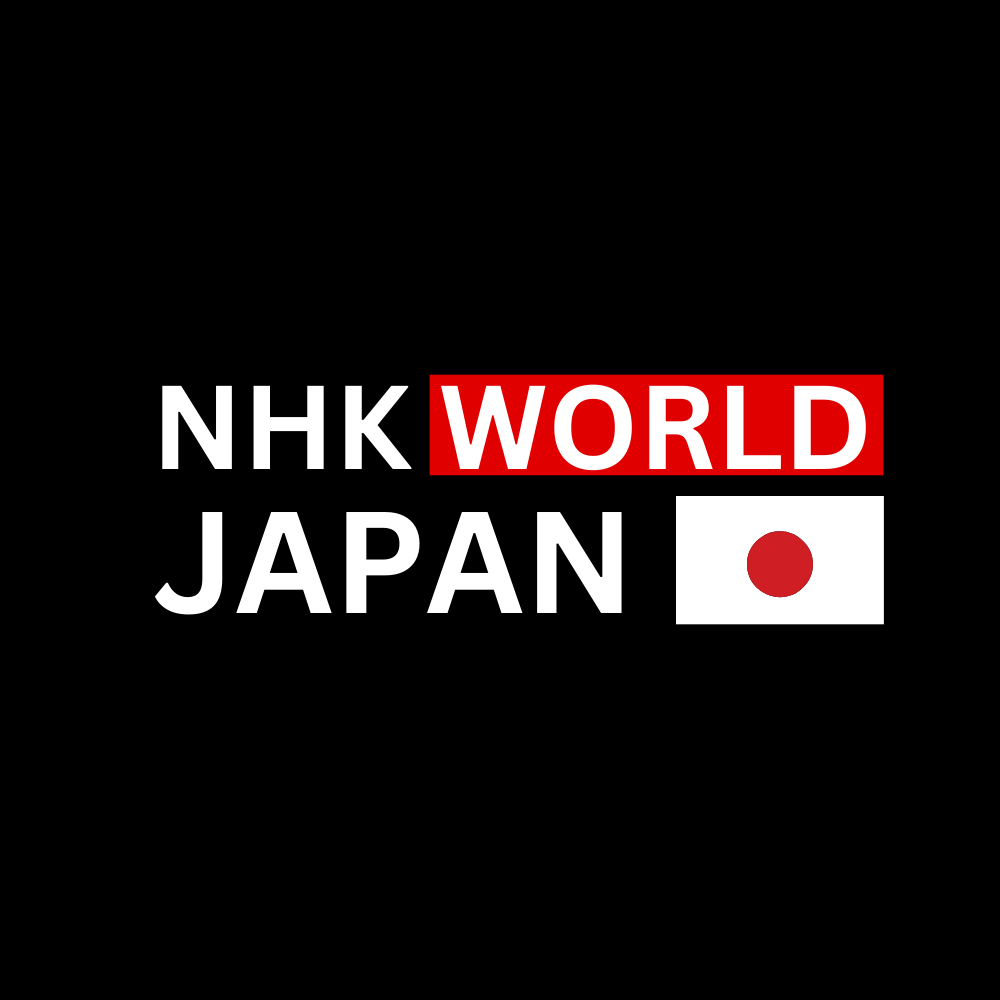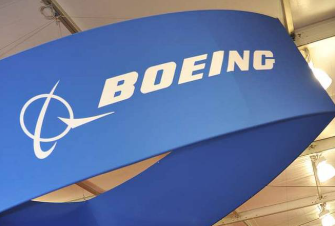The 10th-anniversary C5+1 meeting in Washington did more than just mark a decade of diplomacy; it underscored the growing trade relationship between the U.S. and Central Asia with the announcement of a 37-plane Boeing deal. The Trump administration used the summit as a platform to unveil new agreements with Kazakhstan, Tajikistan, and Uzbekistan.
The Commerce Department framed the deal as a major win for U.S. business, stemming from the administration’s focused diplomatic efforts. This aligns with the administration’s transactional foreign policy, where trade and geopolitical alignment are closely linked.
The orders themselves are significant. Air Astana (Kazakhstan) is set to acquire 15 Boeing 787-9 Dreamliners. Somon Air (Tajikistan) plans to purchase 14 planes, including 787s and 737 MAXs. Uzbekistan Airways will add eight more 787s. For these carriers, the new aircraft represent a monumental leap in modernization.
For example, Air Astana’s 15 new Dreamliners will allow the airline to replace its three aging 767s and, for the first time, explore long-haul routes to North America. This expansion is a direct result of acquiring the modern, long-range aircraft.
This 37-plane order is the latest in a series of announcements this year where Boeing has won hundreds of orders, often as part of larger trade agreements. The industry now watches to see if this same diplomatic-commercial strategy can unlock a potential blockbuster 500-jet sale to China.

